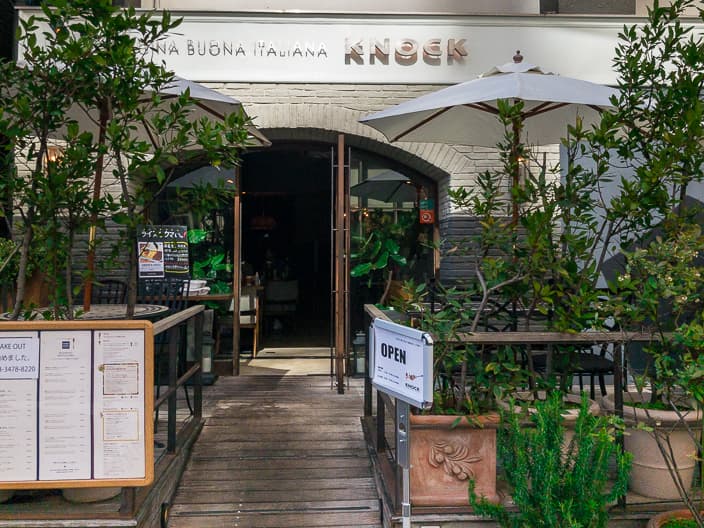The “Railway Museum” in Omiya, Saitama Prefecture, the “Kyoto Railway Museum” in Kyoto, Kyoto Prefecture, and the “SCMAGLEV and Railway Park” in Nagoya, Aichi Prefecture, are said to be “sacred places” for railroad enthusiasts. The SCMAGLEV and Railway Park is operated by JR Tokai, and displays mainly the bullet trains of the past, as well as conventional lines and SCMAGLEV.
In fact, the Linear and Railroad Museum ranked first in terms of satisfaction among foreign tourists visiting Nagoya (according to a survey by japan-guide.com)! I was curious to know what the attraction was, so I took the opportunity of my visit to Nagoya to find out.
[related id=1077 label=” Please read this too”]
Access
By Train
From Nagoya Station:
Take Aonami Line to Kinjofuto Station ( It takes about 24 minutes to Kinjofuto Station)
From Chubu Centrair International Airport, Nagoya:
Take Meitetsu Line to Nagoya Station, then transfer to Aonami Line.
By Car
There is no dedicated parking lot for the SCMAGLEV and Railway Park, so you will have to park at the nearby Nagoya City Kinjo-Futo Parking Lot. The parking lot itself is likely to be crowded, especially on holidays, as visitors to Legoland also use the same parking lot. There is no parking discount for entering the SCMAGLEV and Railway Park, and it is quite a walk from the parking lot, so if you don’t have a particular preference, I recommend visiting by train. (It is a 10-minute walk from the parking lot, but a 2-minute walk from Kinjo-Futo Station.)
SCMAGLEV and Railway Park
I looked around for the closest parking lot to the SCMAGLEV and Railway Park. After searching around for the nearest parking lot, we managed to find it, although we lost a lot of time! The exterior of the building is quite neat and simple.
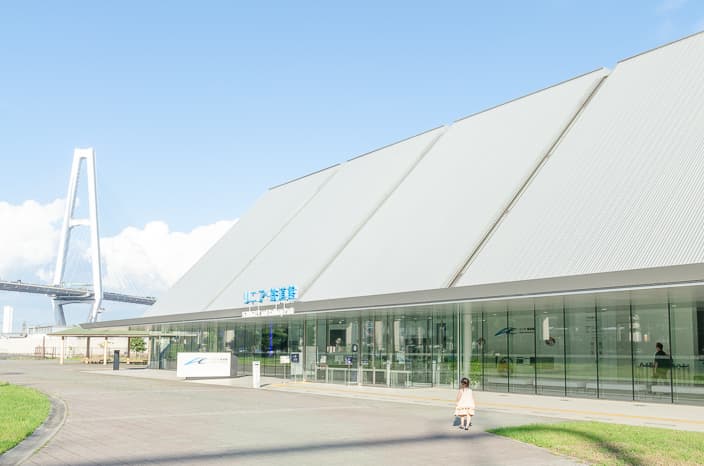
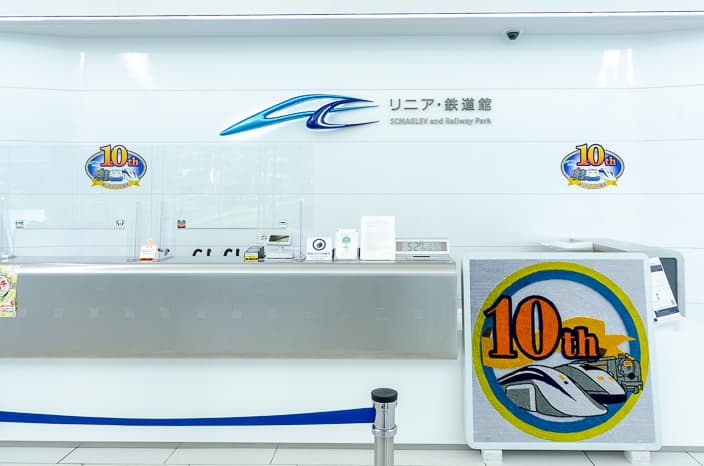
After passing through the entrance hall, I found three trains on display in a dark room. They briefly showed the history of the evolution of trains, from steam locomotives to bullet trains to linear motor cars.
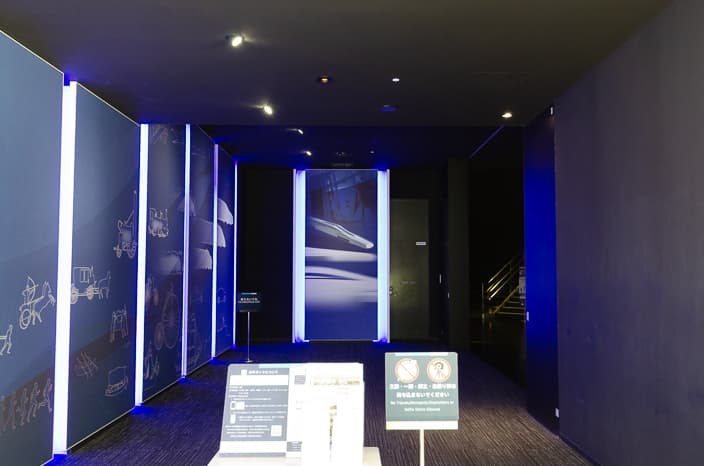
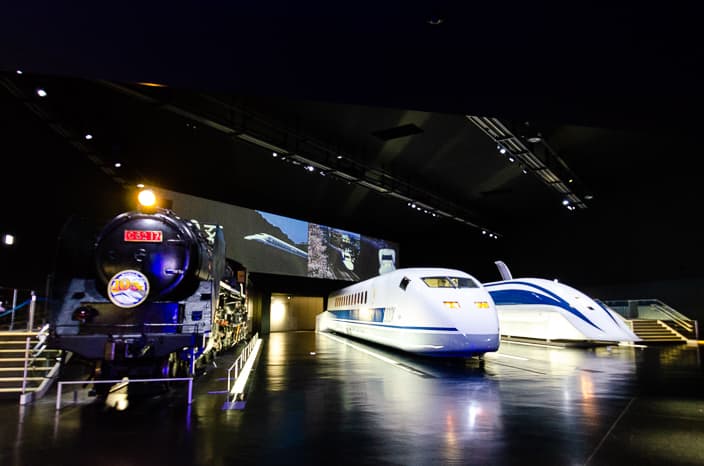
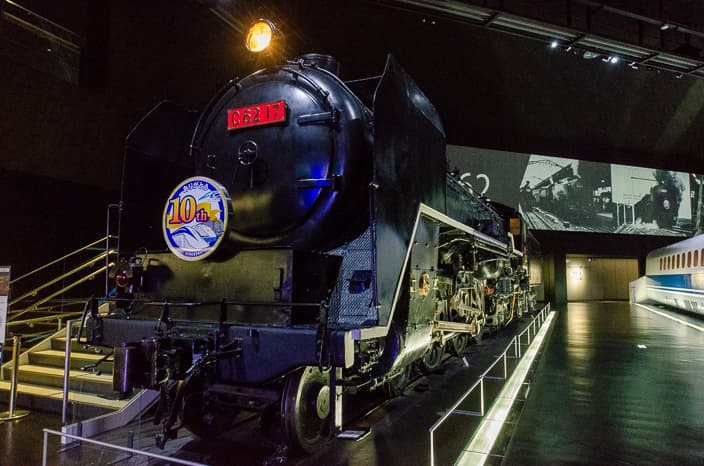
The first time I saw a linear motor car in the flesh, it had a futuristic form, so cool…!
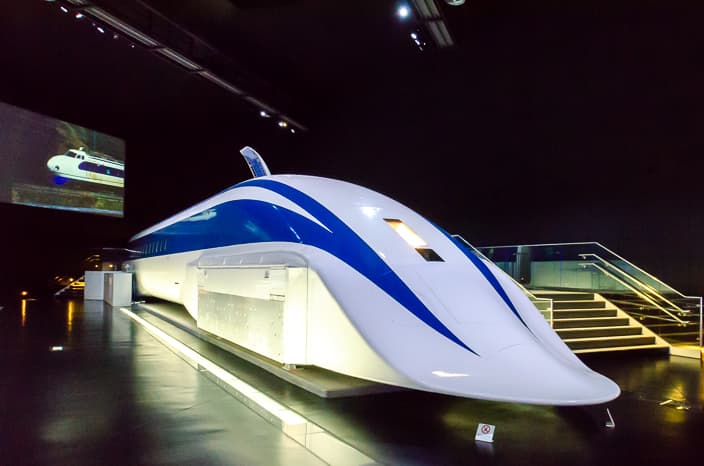
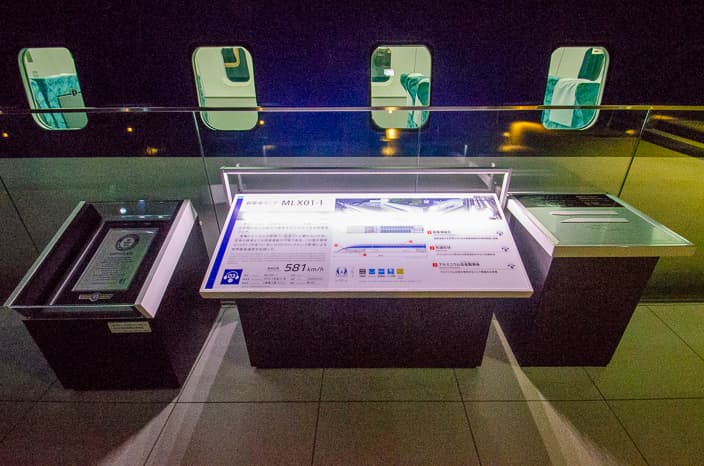
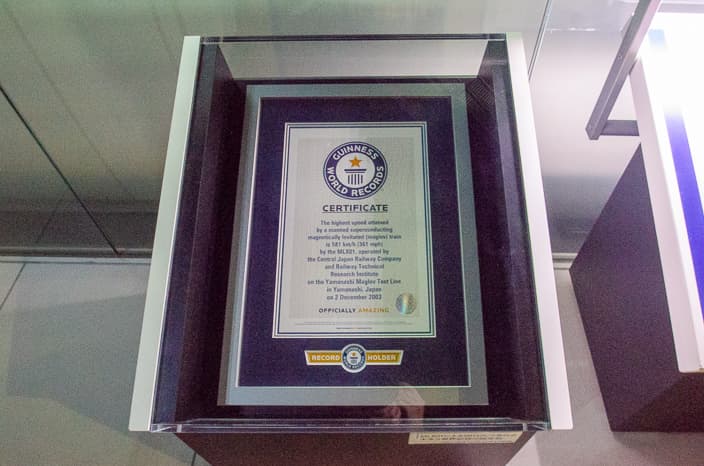
This is what the inside of a linear motor car looks like. Normally, you can go inside the car and see the seats up close, but we couldn’t this time because of the anti-corona measures. It’s like the inside of a bullet train.
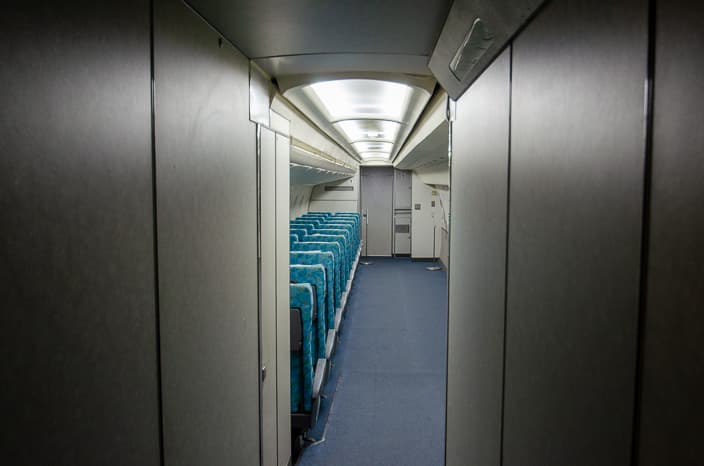
This is just the beginning, the main exhibition room is just beyond, but since we came here without any information at all, my husband said, “The scale of this museum is totally different from the Railway Museum in Omiya… (he means…is this all?)”. Our mistake was due to the fact that the museum was generous enough to show us the main attraction, the linear motor car, first.
Before going to the main exhibition room, we took a little detour. What is the photo below, which looks like the inside of a bullet train?
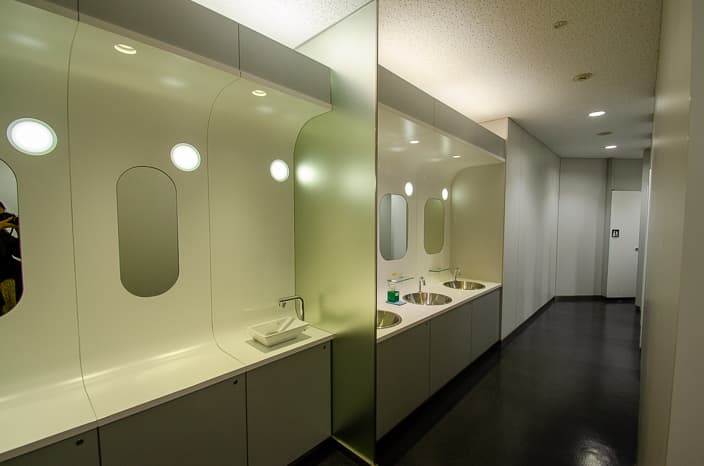
Yes, this is a bathroom! The moment I entered, I was excited by the interior design that made me feel like I was in a train. This kind of playfulness is wonderful, isn’t it?
We arrived at the main exhibition room. In this room, you can enjoy learning about the history of the Shinkansen, as well as the bodies of conventional trains and steam locomotives. It was very interesting to learn about the work that goes on between the end of the Shinkansen’s service and the first departure, which is something that we are not usually aware of.
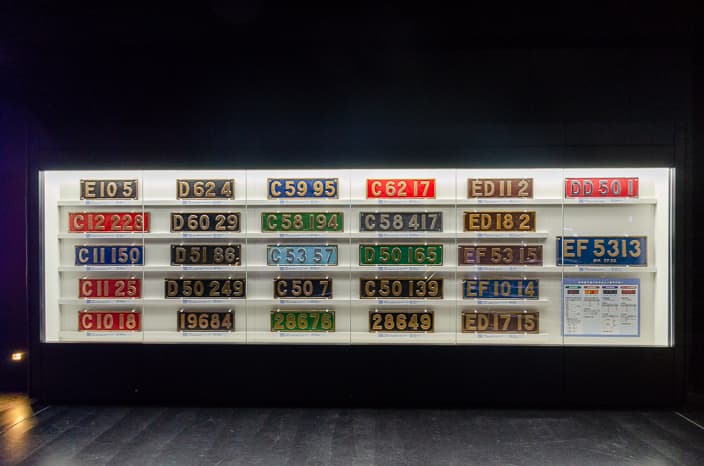
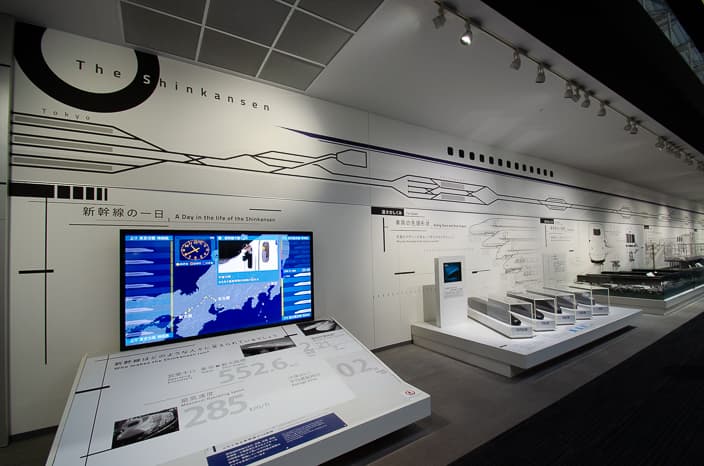
This is an evolutionary model of the shape of the top of the Shinkansen. The top of the train is getting slimmer and slimmer. This is how research has been done to reduce air resistance as much as possible. It’s really interesting to look at the changes in the actual train body from the side after seeing this. The early Shinkansen was round and cute. The linear motor cars I’ve seen before were even thinner at the top. It is no longer pointy. Now that we’ve come this far, I wonder how things will change in the future.
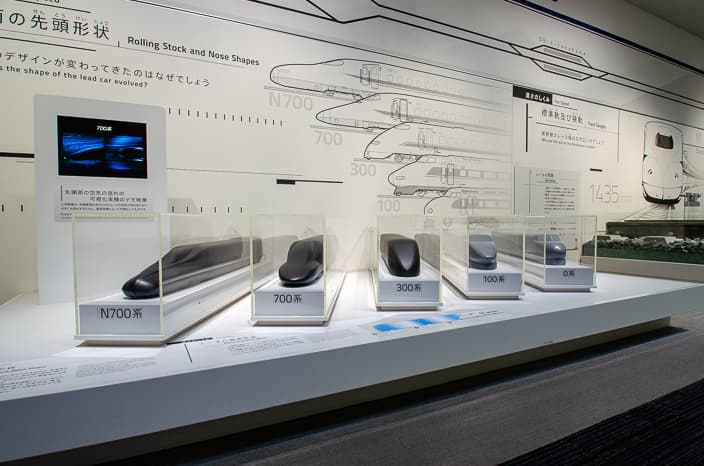
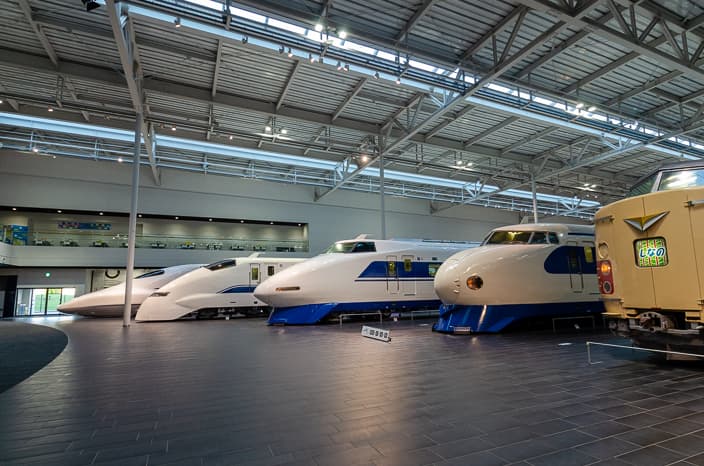
In Japan, conventional trains use narrow gauge rails, but the Shinkansen uses standard gauge. It was the first time for me to know this, but since the actual rails are displayed, my daughter can feel the difference by spreading her hands out to the same width. It’s great for both adults and children to be able to actually see, feel, and learn about trains with all five senses like this!
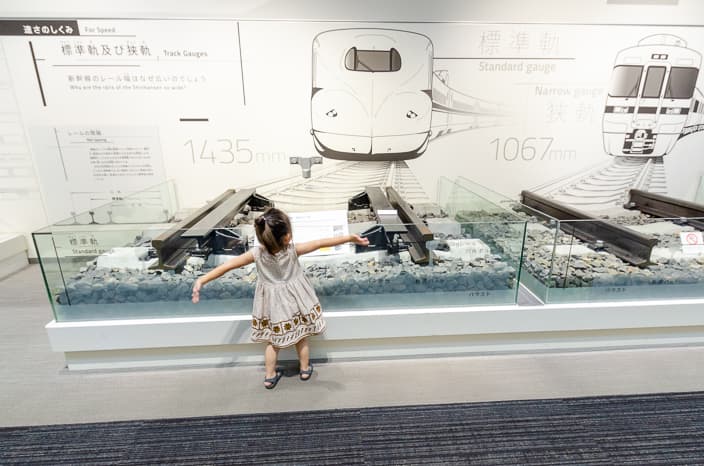
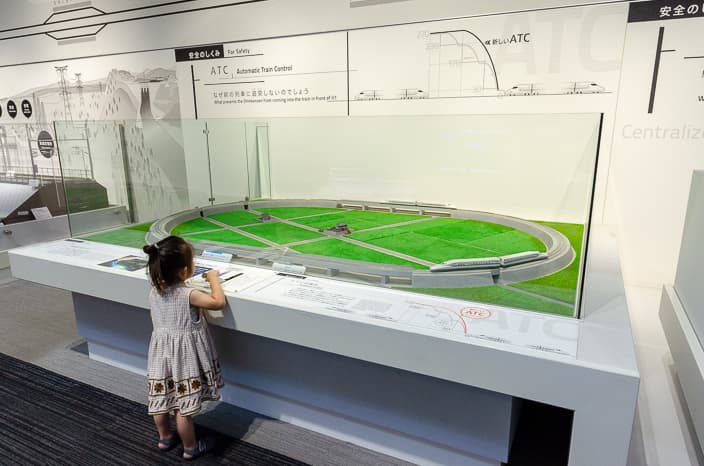

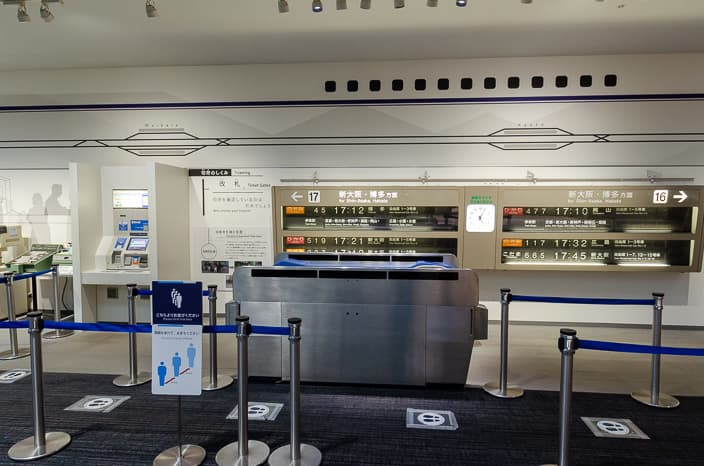
There were many vehicles on display, and it was fun just to look at them. There was also a display of “Doctor Yellow”, the bullet train doctor that kids love.
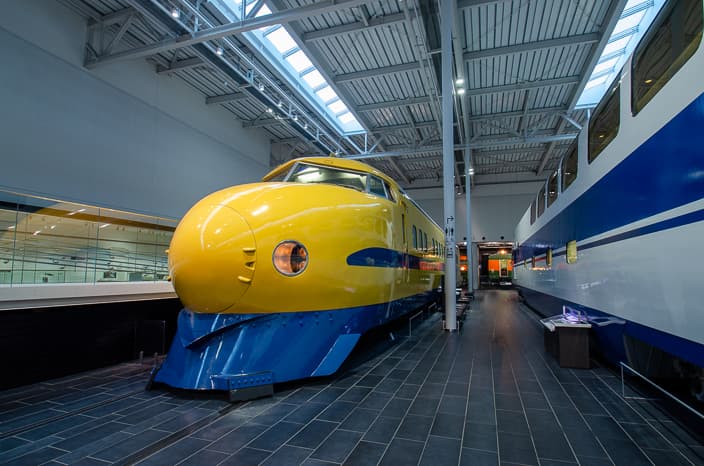
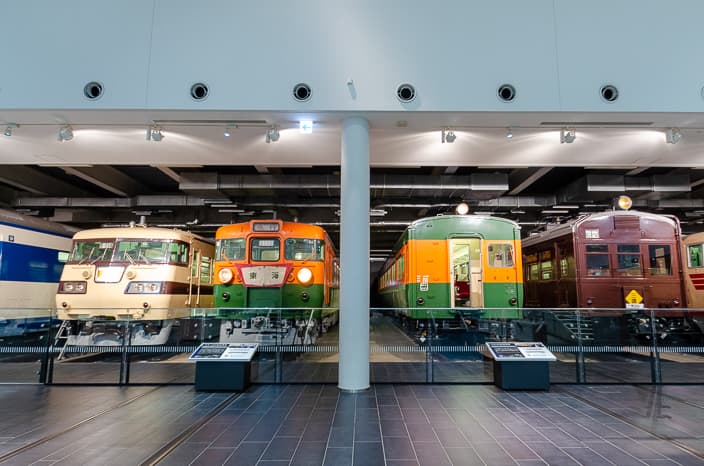
There’s also a very large diorama, a driving simulator (tickets available on a first-come, first-served basis), and a simulated ride in a linear machine!
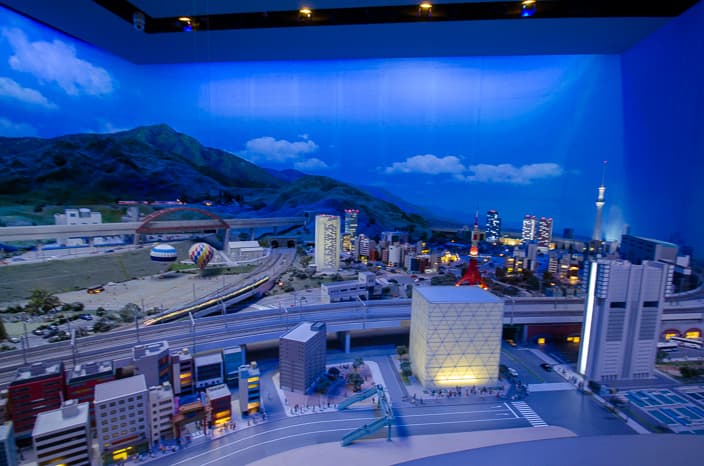
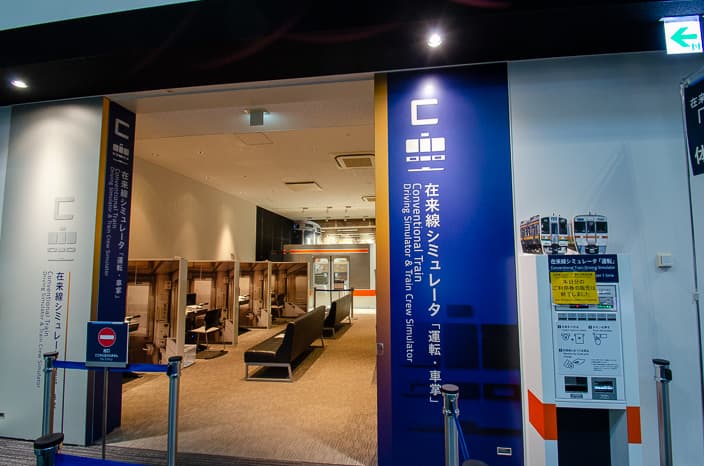
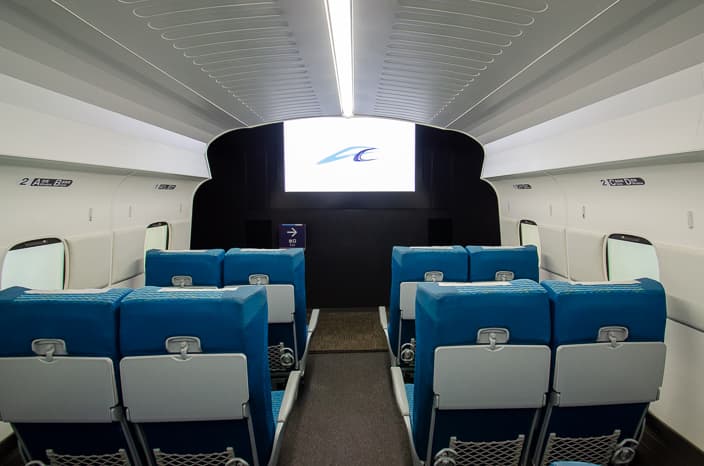
On the second floor, there is a history room, a kids room (which was not available because of Corona), and a theater room, so if you want to take your time to look around, you can spend half a day there. You can also buy and eat your lunch on the second floor, so you can relax.
The last thing you want to do is pick up a souvenir at the museum store!
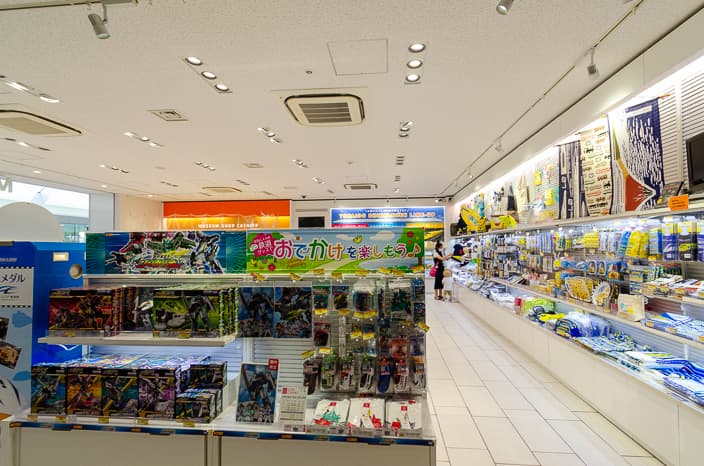
The SCMAGLEV and Railway Park is a very impressive facility with many actual train bodies on display, and it is a fun place to learn about interesting things related to trains. In addition, there are explanations in English, so I could understand why foreign tourists are so satisfied with the museum. I would recommend this facility to anyone, regardless of age or nationality, and regardless of how much you love trains, so why don’t you visit it when you come to Nagoya?
SCMAGLEV and Railway Park
| Address | 3-2-2 Kinjofuto, Minato-ku , Nagoya-shi, AICHI |
| TEL | 052-389-6100 |
| Open Hour | 10:00 – 17:30 (Last entry at 17:00) |
| Close | Tuesdays (When a National Holiday falls on a Tuesday, the museum will be closed on the following day) New Year Period (Dec 28th – Jan 1st) |
| Admission Fee | 【Adult】1,000 yen 【School child】500 yen 【Child (age 3 and over)】200 yen |
| Website | https://museum.jr-central.co.jp/en/ |


